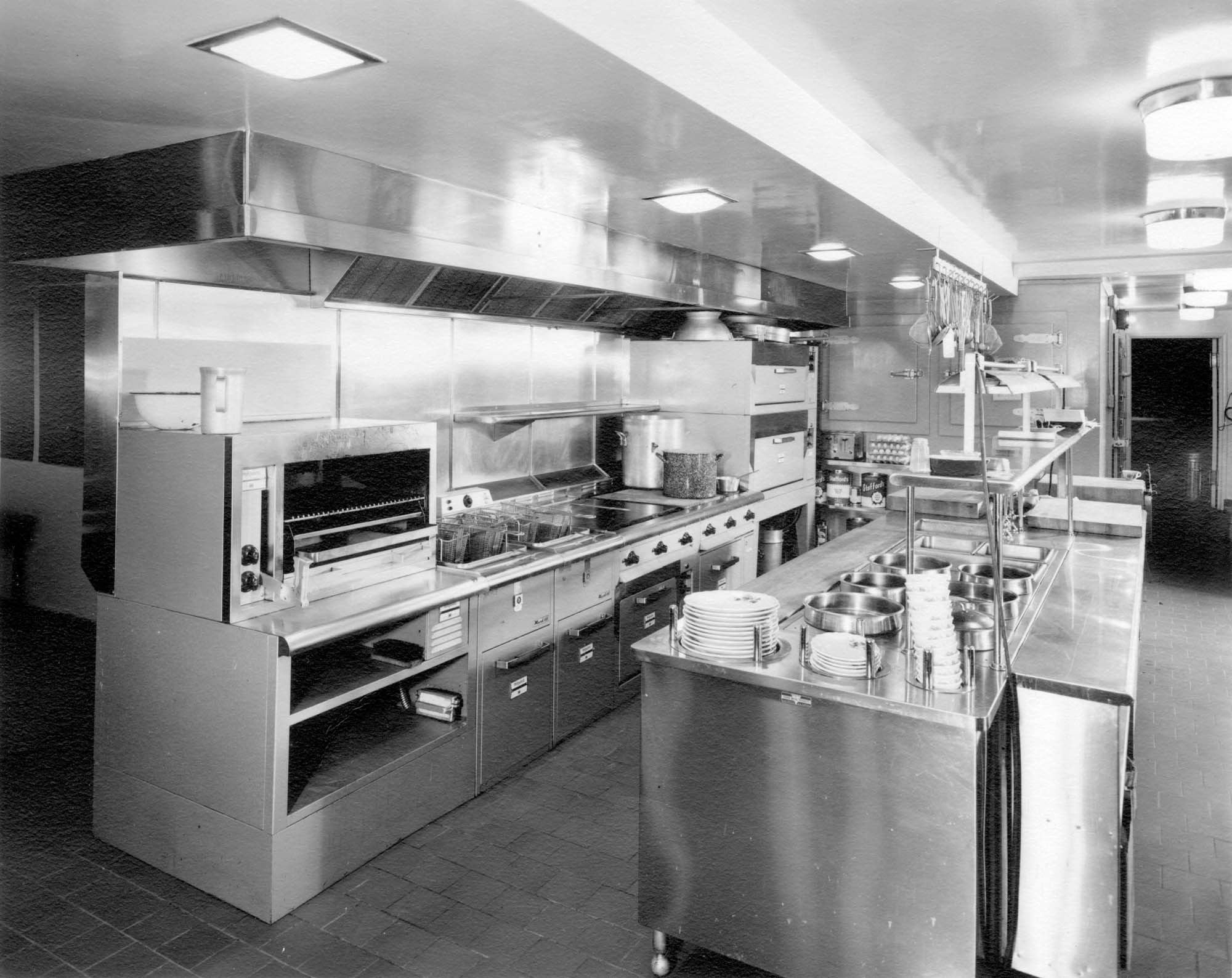
Fire Safety Standards for Restaurant Owners
By: Sentry Marketing Group
December 9, 2015
Business owners give a lot of thought to what goes on in their front-of-store – how employees interact with customers, what they wear, how signage is presented. A successful business has a plan for promoting company standards in customer service, product quality, and loss prevention. In the restaurant business, though, it is essential to have an equally well-developed strategy for ensuring that the back-of-store, in particular the kitchen, is managed according to standards just as demanding.
After all, ignoring safety standards in commercial kitchen can be catastrophic.
According to the National Restaurant Association, ever year sees some 8,000 fires reported in eating and drinking establishments in the U.S. These can range from small, confined fires that destroy a single piece of equipment to nonconfined fires that can result in total loss. The National Fire Protection Association (NFPA) has calculated that more than half (57%) of restaurant fires start with cooking equipment an establishment’s kitchen, including 41% of nonconfined restaurant building fires most often start in cooking areas.
A few key precautions can help restaurant owners and operators keep themselves on the right side of these statistics.
1. The Kitchen
Every commercial kitchen should conform to certain basic fire safety standards. The NFPA has compiled these standards into a 60+ page document, the NFPA 96, Standard for Ventilation Control and Fire Protection of Commercial Cooking Operations. While not every aspect of these standards applies to every restaurant, anyone involved in the running of a commercial kitchen should be familiar with the guidelines laid out here.
Every kitchen should be kept not only clean for health purposes, but tidy. The less clutter, the fewer flammable items are likely to be lying around waiting to fuel a fire. Proper clearance should be given to ignition devices, fryers, ventilation, etc. All parts of the kitchen that may collect grease should be kept clean and serviced regularly. Creating a systematic plan and employee awareness of the importance of these kinds of standards can mean the difference between an incident and a disaster.
2. Safety Equipment
Ideally, a commercial kitchen, especially one that deals with open flame or includes a deep-fat fryer, should be equipped with a UL 300 Listed fire suppression system that is serviced regularly. These systems are specifically designed to contain and suppress the kind of intense fires caused by burning oil, which can be exacerbated by traditional extinguishers.
Every commercial kitchen should also be equipped with two different kinds of handheld fire extinguisher – a K Class extinguisher for grease fires and an ABC Class extinguisher for other types of flame. The NFPA has special standards for this equipment, the NFPA 17A, Standard for Wet Chemical Extinguishing Systems.
3. Safety Training
This is where the practices and methods used for training front-of-store employees can be applied to the back-of-store. Every employee working in a commercial kitchen should be trained in and held to certain standards when it comes to kitchen safety. These should be well documented and training should be systematic and regular, involving new and existing employees so that best practices never get lost. Many companies offer training videos and courses on fire safety, and the NFPA 96 is a great source for points to cover with employees. These will include, among other things:
- The safe operation of cooking equipment
- Explosion hazard and ignition source awareness
- Proper and effective use of safety equipment and execution of safety procedures
- Operation and location of gas and electric shut-off valves and switches
Incorporating safety standards into employee training and company culture can go a long way in preventing tragic loss and can be as important to your businesses as customer service and quality product.
Featured image from City of Vancouver Archives, via Flickr, Some rights reserved